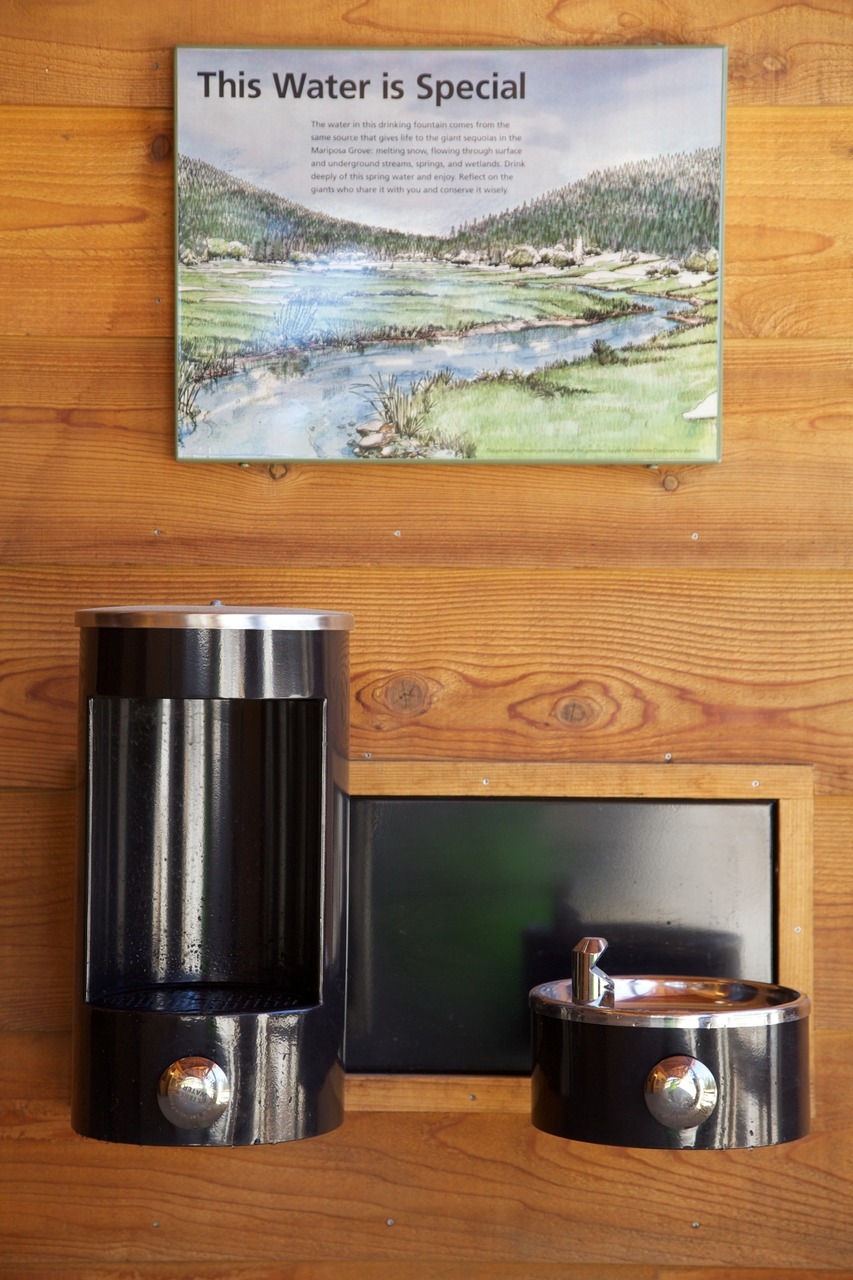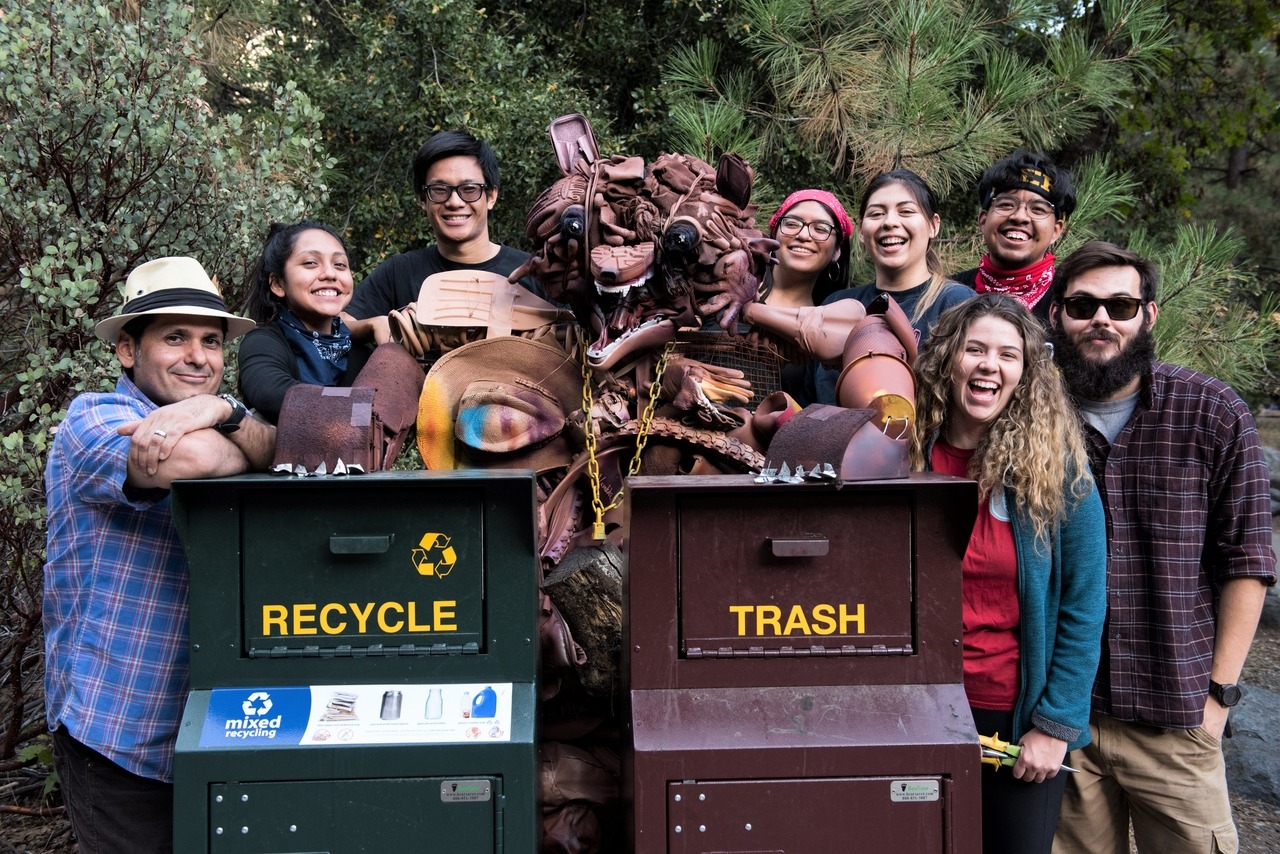Yosemite is known around the world for its picturesque natural wonders: waterfalls, giant sequoias, polished granite domes. But there’s another, less inspiring feature that doesn’t make the postcards: the tons of trash that end up in the park each year.
As the park’s primary philanthropic partner, Yosemite Conservancy funds dozens of projects each year to restore meadows and trails, expand scientists’ understanding of climate change and intricate ecosystems, and help people of all ages learn about, experience and take care of the park. We recognize that prioritizing environmental sustainability in the park, including by reducing the amount of landfill waste generated each year, is essential to Yosemite’s future.
We’re excited to be partnering with Subaru, the National Parks Conservation Association (NPCA) and the National Park Foundation on efforts to reduce waste in Yosemite, and to pursue grant-funded sustainability projects with support from our donors.
Zero Landfill Initiative
In 2015, the National Parks Conservation Association (NPCA) and Subaru of America teamed up to launch the Zero Landfill Initiative (ZLI) to reduce waste in national parks, starting with pilot programs in Denali, Grand Teton and Yosemite. Since the initiative began, the three national park pilots combined have diverted 16 million pounds of waste from their local landfills.

A water bottle refilling station at The Depot, the Conservancy’s bookstore at the Mariposa Grove Welcome Plaza (near Yosemite’s South Entrance). Photo: Yosemite Conservancy/Josh Helling.
In Yosemite, initial waste-reducing projects have included upgrading receptacles for trash and recycling and adding water bottle refill stations. Yosemite Conservancy has supported the park’s ZLI efforts for years, and we took on a leadership role in 2021. Our Zero Landfill and Sustainability Coordinator is working with the National Park Service, Yosemite Hospitality, ZLI leaders and other partners to pursue projects that advance environmental sustainability in the park and help move Yosemite toward zero-waste status.
Reducing Yosemite’s landfill-bound waste is critical. Park visitors significantly outnumber local residents; in 2019, trash from Yosemite accounted for nearly a quarter of the solid waste that ended up at the landfill in Mariposa County. Less trash in the park means fewer overflowing garbage cans that can endanger bears and other wildlife by drawing animals into developed areas. Plus, reducing waste can help shrink Yosemite’s carbon footprint!
This project is made possible in part by a grant from the National Park Foundation through the generous support of Subaru of America.

In 2017, students from the Yosemite Leadership Program at University of California, Merced, created a “found art” sculpture of a bear using items collected during the annual Yosemite Facelift, a volunteer park-wide clean-up event. Photo: Courtesy of NPS.
Sustainability Projects
Through the Zero Landfill Initiative and other efforts, we’re focusing on critical projects that reduce environmental impacts in the park and align with the Conservancy’s mission, to preserve Yosemite’s resources and enhance visitor experiences for all. Initial projects include:
